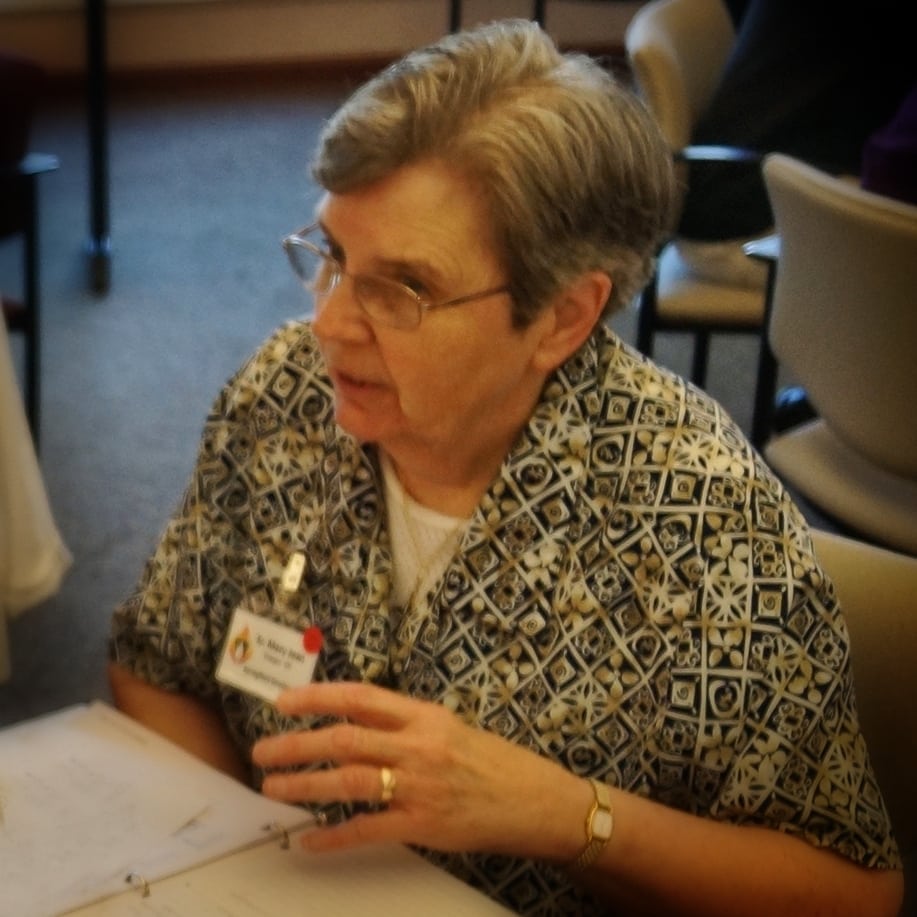
As I write this column, some of us here at the Dominican Motherhouse are concluding a most remarkable retreat. The retreat invited us into a vision which both scientists and theologians have been exploring for several years now, a vision that opens us up to what humans are learning about the home we call our universe. What I am sharing here is simply one foundational principle about our origins in a vast exploration that amazes as it keeps opening this wondrous universe. Though it may be new to some, these truths have solid support in the scientific world and also in the deep reflection of theologians from many traditions including those rooted in our Catholic heritage.
Most scientists place the beginning of our universe at 13.8 billion years ago. All of that reality is not simply past but is remembered in the present, in this time. Whatever is birthed now is based on all that came before. Everything that exists right now, including us, is the product of those 13.8 billion years of birthing. Part of that time includes the 4.5 billion years of planet Earth and 4 billion years of what we call “life.” All of this is not simply past history but is also present to us now and stretches out into the universe of which we are all a part and which is continually unfolding.
We don’t have to fully understand all of the science in order to place ourselves into this context of a living and ever expand-ing universe. In such a context, how might we read the Gospel stories that are part of our Catholic Christian heritage with fresh new eyes? How might we enter the imagination of Jesus whom we root in a particular historical time but who also, as fully human, is revealed in the image of the Universe Story?
What we know about planting seed and pulling weeds has developed greatly since Matthew first penned this story of the weeds among the wheat, but that’s alright because this is a parable, a story. We are free to imagine it clothed in all that we now know about photosynthesis and biosystems and other realities beyond our grasp. In fact, such imaginings may help us see the point of the story more clearly.
What we are learning is that creation has its way of working out what may appear to us as conflicts in nature. We humans may think that allowing weeds to stay among the wheat would kill some of the wheat, and we might be right—in the short term. But what survives may well be heartier wheat, able to yield more and stronger produce than the original—up to 30, 60 or 100 fold.
In nature and in human life, it’s not always the human role to “clean up the mess.” Sometimes we can learn more from living in the conflict and exploring the gifts of grace that make us strong and hearty. We might ask, at this point: Is this really the message Jesus intended? Who knows? He told a parable—a story that is supposed to confound us with its twists and turns. A parable is the kind of story that allows for varying ways of looking at reality, allows us to turn things upside down, let the Spirit slip in and surprise us with new insights. That much, at least, would have been what Jesus intended in choosing this format. The more we explore the wondrous gift of the universe God has opened up to us the more expansive is our pathway to Holy Mystery.

